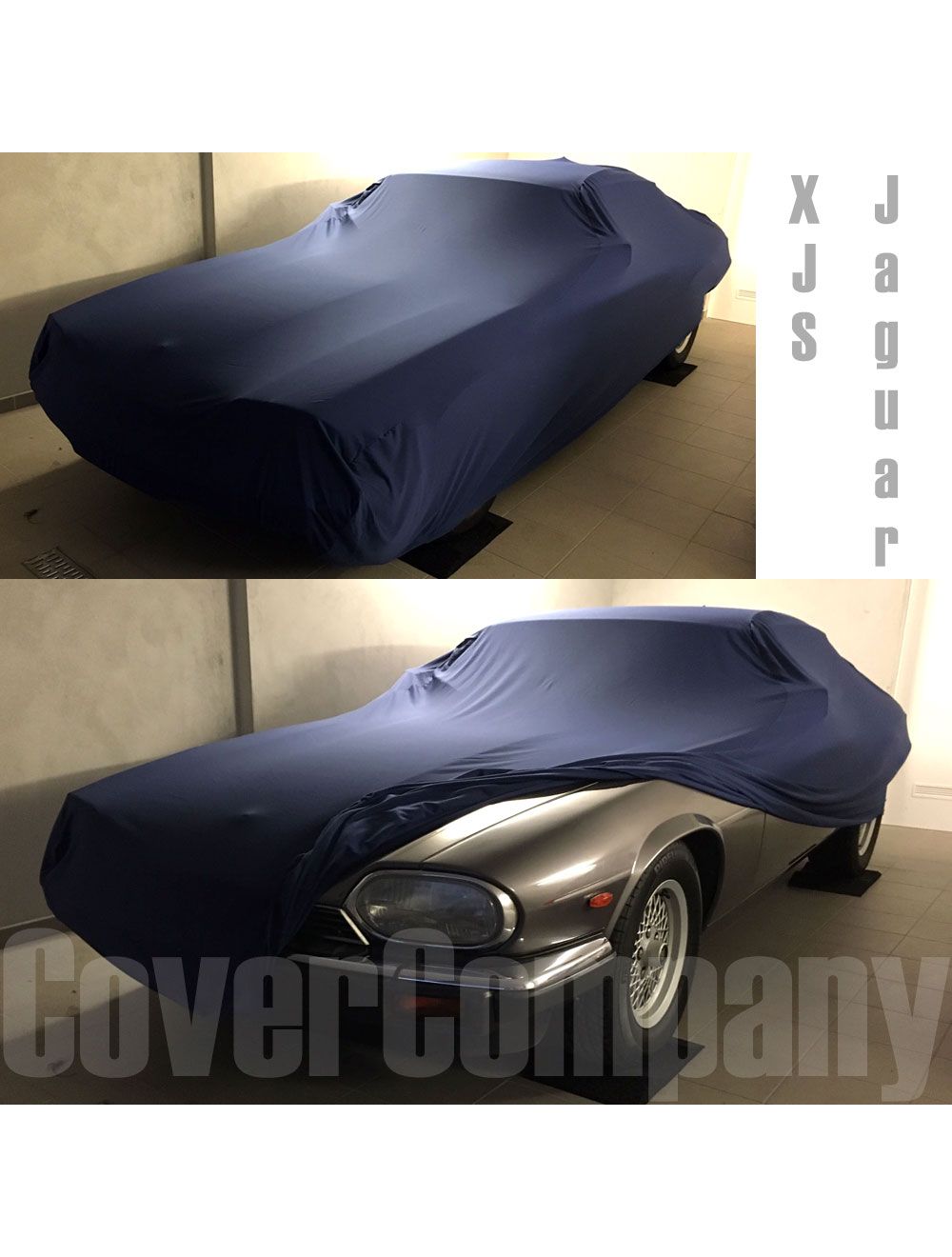To clean a car cover, remove any loose dirt and debris, then spot clean using a gentle detergent and water solution, followed by air drying.

Credit: www.cover-company.com
Understanding Car Covers
Cleaning your car cover is an essential part of maintenance. Follow these easy steps for a spotless car cover: 1) Remove any debris from the cover 2) Use a gentle soap and water mixture to clean 3) Rinse thoroughly and let it air dry for maximum efficiency.
Understanding Car CoversCar covers are an essential accessory for car owners who want to protect their vehicles from various external factors. Whether you are shielding your car from harsh weather conditions, pollutants, or potential scratches, a car cover acts as a protective layer, preserving the appearance and condition of your vehicle. In this section, we will explore the importance of car covers and discuss the different types available.What Are Car Covers And Why Are They Important?
Car covers are specialized fabrics or materials designed to fit over vehicles and protect them from potential damages. These covers provide a barrier between your car’s exterior and the outside world, shielding it from harmful elements such as UV rays, rain, snow, bird droppings, dust, and more. They act as a protective shield, preventing scratches, dents, and discoloration that can occur due to prolonged exposure to the elements. Car covers are particularly important for those who do not have access to covered parking or garages.Different Types Of Car Covers
There are various types of car covers available in the market, each offering different levels of protection and suited for specific purposes. Understanding the different types can help you choose the right cover for your specific needs.| Type | Description |
|---|---|
| Indoor car covers | Designed for indoor use, these covers protect your vehicle from dust, scratches, and other indoor elements. They are usually made of lightweight fabric and offer minimal protection against outdoor weather. |
| Outdoor car covers | These covers are designed to withstand harsh outdoor conditions, providing protection from rain, UV rays, snow, dirt, and other environmental factors. They are usually made of heavier fabrics with additional protective layers for enhanced weather resistance. |
| All-weather car covers | As the name suggests, these covers are suitable for both indoor and outdoor use. They offer all-around protection against a wide range of elements, including rain, snow, UV rays, and dust. Constructed from durable fabrics, they are designed to withstand various weather conditions. |
| Custom-fit car covers | These covers are tailored to fit the specific make and model of your vehicle. They offer a snug fit, ensuring maximum coverage and protection. Custom-fit car covers not only shield your vehicle from different elements but also provide a sleek appearance. |
| Universal-fit car covers | These covers are designed to fit a wide range of vehicle sizes and shapes. While they may not provide the same level of snug fit as custom-fit covers, they still offer decent protection against weather and other external factors. |

Credit: www.cover-company.com
Regular Maintenance And Cleaning
Maintaining and cleaning your car cover regularly is essential to prolong its lifespan and keep your vehicle protected. Regular upkeep not only helps to remove dirt, dust, and debris but also prevents the growth of mold and mildew. In this section, we will guide you through the pre-cleaning preparations, the cleaning process for different types of car covers, and how to properly dry and store the car cover.
Pre-cleaning Preparations
Before you embark on the cleaning process, it is important to prepare your car cover properly. Follow these steps to ensure effective cleaning:
- Remove the car cover from your vehicle and give it a thorough inspection. Look for any tears or damages that need immediate attention.
- Shake off loose debris such as dust, leaves, or twigs. You can also use a soft brush or vacuum cleaner with a soft brush attachment to remove larger particles.
- If your car cover is machine washable, check the manufacturer’s instructions for any specific requirements. If hand-washing is recommended, find a suitable location with access to water and a gentle cleanser. Fill a bucket with lukewarm water and add a mild detergent specifically designed for car covers.
- If your car cover has any stains or stubborn marks, create a gentle cleaning solution by mixing lukewarm water with a mild stain remover. Avoid using harsh chemicals or bleach, as these can damage the fabric.
Cleaning Process For Different Types Of Car Covers
The cleaning process can vary depending on the type of car cover you have. Here are the appropriate cleaning methods for common car cover materials:
| Car Cover Material | Cleaning Method |
|---|---|
| Weather-resistant synthetic fabric | Machine wash on a delicate cycle using cold water and a gentle detergent. Avoid using fabric softeners or bleach. Hang or lay flat to dry. |
| Cotton | Hand wash using a mild detergent and lukewarm water. Gently scrub the cover to remove dirt or stains. Rinse thoroughly and hang it to air dry. |
| Fleece or flannel | Machine wash on a gentle cycle with cold water and a mild detergent. Air dry or use the low heat setting on a dryer. |
Drying And Storing The Car Cover
Once your car cover is cleaned, it is important to ensure it is thoroughly dried and stored correctly:
- Never store a wet or damp car cover, as this can lead to mold or mildew growth.
- Hang your car cover in a well-ventilated area and allow it to air dry completely. Avoid direct sunlight as it may damage the fabric.
- If you need to speed up the drying process, you can use a fan or a low heat setting on a dryer.
- Once dry, fold the car cover neatly and place it in a storage bag or container. Make sure the storage area is clean and free from moisture.
- Avoid storing your car cover in a cramped space or near sharp objects that could potentially damage the fabric.
By following these regular maintenance and cleaning steps, you can keep your car cover in top condition, ensuring it continues to protect your vehicle for years to come.
Tips For Spotless Protection
Removing Stains And Spots
Keeping your car cover clean is essential for maintaining its longevity and protecting your vehicle from dirt and damage. Regularly removing stains and spots from your car cover will ensure it continues to provide optimal protection and keep your vehicle looking pristine. Here are some simple steps to help you remove stains and spots effectively:
- Start by gently brushing off any loose dirt or debris from the surface of the car cover.
- Use a mild soap or detergent mixed with water to create a cleaning solution.
- Apply the cleaning solution to the stained areas using a soft-bristled brush or sponge.
- Gently scrub the stained areas in a circular motion, making sure not to apply too much pressure as it could damage the fabric.
- Rinse off the cleaning solution thoroughly with water.
- Allow the car cover to air dry completely before storing or using it again.
Preventing Mildew And Mold
Mildew and mold can not only cause unpleasant odors but also deteriorate the fabric of your car cover. To prevent the growth of mildew and mold, follow these precautionary measures:
- Make sure the car cover is completely dry before storing it.
- Avoid covering a wet or damp vehicle as it can create a humid environment and promote the growth of mildew and mold.
- Regularly inspect the car cover for any signs of moisture or mold formation.
- If you notice any mold or mildew, thoroughly clean and dry the affected areas before using the car cover again.
- Consider using a moisture-absorbing product, such as silica gel packets or a moisture-absorbing car cover bag, to help keep the interior of the car cover dry.
Protecting The Car Cover From Uv Damage
UV rays can cause premature fading and damage to your car cover. To protect it effectively, follow these measures:
- When not in use, store the car cover in a cool, dry place away from direct sunlight.
- If possible, park your vehicle under a shade or use a carport to shield both the car and the car cover from the sun’s harmful rays.
- Consider applying a UV protectant spray specifically designed for car covers to provide an additional layer of protection against UV damage.
- Regularly inspect the car cover for any signs of color fading or weakening of the fabric, and replace if necessary.
- Remember to clean the car cover regularly, as dirt and debris can act as magnifiers for UV rays and accelerate the likelihood of sun damage.

Credit: www.amazon.com
Conclusion
Keeping your car cover clean is crucial for maintaining its durability and effectiveness in protecting your vehicle. By following the steps outlined in this blog post, you can easily clean your car cover and ensure its longevity. Regular cleaning, gentle handling, and using appropriate cleaning products will help you keep your car cover in top condition.
Remember, a clean car cover is not only aesthetically pleasing but also essential for protecting your vehicle from dirt, dust, and other environmental elements. So, take care of your car cover, and it will take care of your car!

